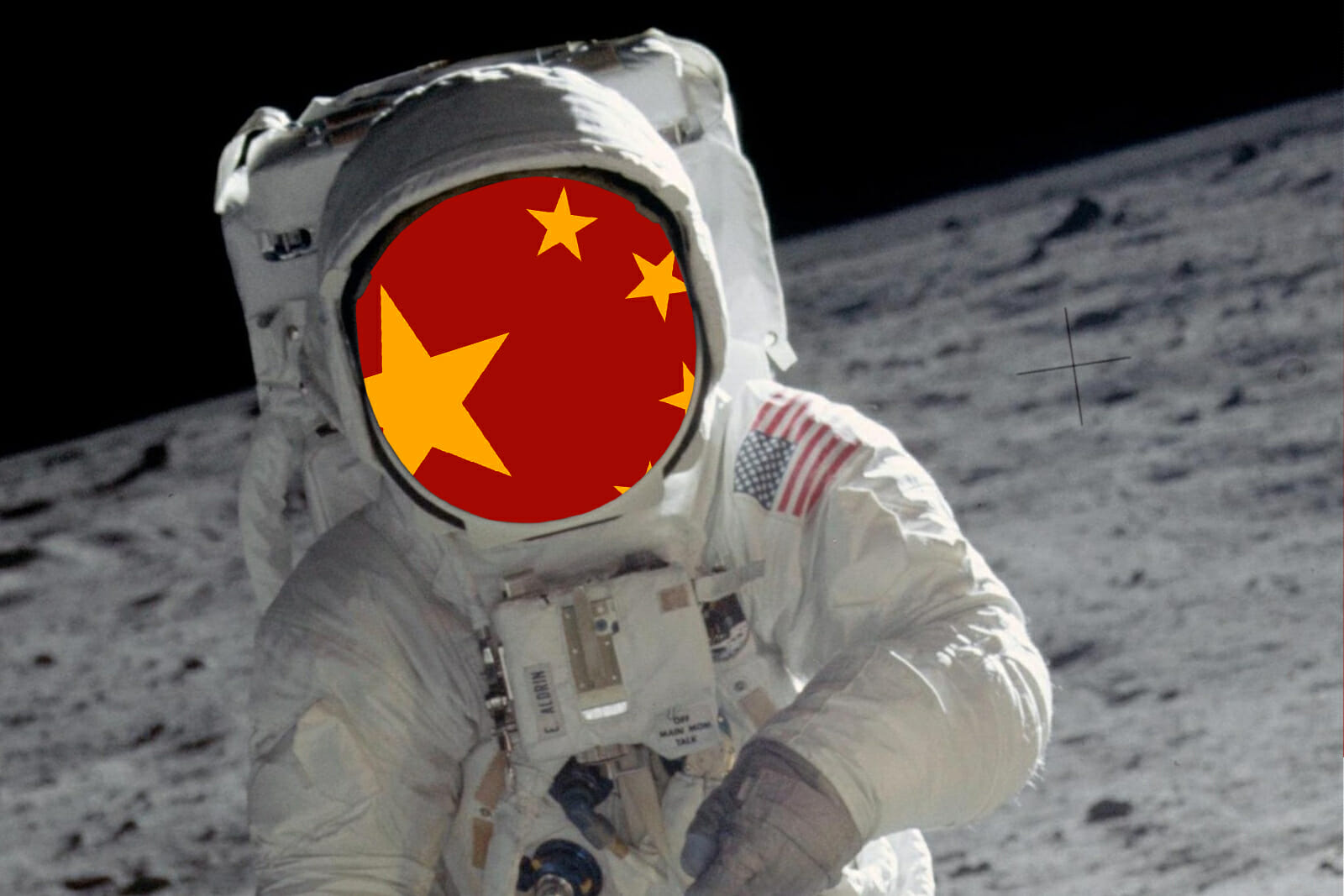
Tech
A New Space Race is Here, and the United States Is Losing
With few exceptions, the United States led the world in space explorations from on or about May 5, 1961, with the launch of the first Mercury capsule until January of 2019, with the soft landing of China’s Chang’e 4 robotic mission to the far side of the Moon. After Russia announced the launch of Sputnik on October 4, 1957, the United States was galvanized to obtain and maintain dominance in space around the Earth. The establishment of NASA on October 4, 1958, marked the urgency with which the United States viewed the space race between the United States and the Soviet Union.
The emergence of the United States as the dominant power in space was sealed with Neil Armstrong being the first human to walk on the Moon on July 21, 1969. The Moon landings were followed by the Space Shuttle program which was launched by then-President Richard Nixon on January 5, 1972.
Originally designed to be the workhorse for the launch of the International Space Station (ISS), and lasting only 10 years, the program, with the delay of ISS, lasted until July 8, 2011, when the shuttles were retired, and the shuttles placed in museums around the country. Since then, the United States has been content to rest on its laurels and as a consequence has been overtaken by China and its Chang’e Moon missions, and the soon to be launched Indian Chandrayaan-2 robotic Moon mission.
The current race to space is more for economic gain than for national prestige.
The Jet Propulsion Laboratory at the California Institute of Technology has identified three elements that make the Moon an attractive location for mining and the extraction of wealth. One of the most important element is the presence of water. Since water is already present on the Moon, it will not be necessary to lift water from the Earth to the Moon. If water were not present, and since the cost of lifting water would be prohibitive, an all lunar colony would not be possible.
Helium-3 is also present in great quantities on the far side of the Moon. It is estimated that there are 1,100,000 metric tons which can easily be strip-mined from the lunar soil, called regolith. Helium-3 is the catalyst agent for the breakthrough that is powering a revolutionary fusion tokamak being built by Commonwealth Fusion Systems. Since the Earth’s magnetic field prevents helium-3 from entering the Earth’s atmosphere, it is rare on Earth, and there is currently a shortage of helium-3 for commercial purposes.
Rare earth metals (REM) are present in great quantities on the Moon. NASA Administrator Jim Bridenstine, in a recent interview with CNBC, spoke of the tremendous economic opportunities of rare earth metals including platinum that can be found on the Moon in great quantities. Bridenstine noted “the investments that the space (private) community are making” in mining on the Moon is a reality. Bridenstine went on to praise Jeff Bezos, Elon Musk and Sir Richard Branson for their efforts, achievements and the progress these companies have made regarding extracting wealth from the Moon.
REMs are used for the manufacture of cell phones, batteries for electric cars, military equipment and much more. The United States imports some 80% of REMs from China, and mostly, in part to the current tariffs that President Trump has placed on China, China has threatened to cut off the United States from access to REMs. The current heightened tensions between the United States and China makes finding a new source of REMs even more urgent.
Titanium is also present on the Moon in great quantities. At a joint meeting of the European Planetary Science Congress and the American Astronomical Society in October of 2011, a map of the Moon showing the tremendous amount of titanium was presented. This map was created as a result of the Lunar Reconnaissance Orbiter (LRO) evaluations of the Moon’s surface. The LRO has been orbiting the Moon since June 23rd, 2009. Titanium is harvested from rock through a chemical process isolating the element from its surrounding elements. The analysis from the LRO indicates that the titanium in the Moon’s regolith is 10 times greater than the titanium resources in rocks on Earth. The Moon is a virtual treasure trove of mineral wealth.
The Chinese Lunar Exploration Program
Since 2007, the Chinese government has been pursuing an aggressive program to achieve dominance in the race to establish dominance on the Moon. This push began on October 24, 2007, with the first launch of the Chang’e 1. Chang’e 1 was a robotic orbiter which began mapping the surface of the Moon, primarily looking for the element helium-3. While helium-3 was the primary metal Chang’e 1 was looking for, it was also mapping for rare earth metals and the mineral titanium. After orbiting the Moon for 2 years, the orbiter was deliberately crashed into the Moon’s surface.
This mission was followed up in October of 2010 by Chang’e 2, which not only orbited the Moon but after its mapping mission was over was placed in a Lagrangian point 2 orbit around the Moon. This orbit allows the Chang’e 2 orbiter to hover in space in perfect balance between the gravitational pull between the Earth and the Moon. In essence, it can function as a stationary communications satellite for other Chang’e Moon missions when these missions are in orbit around the Moon and the Chinese National Space Administration (CNSA). By doing this, China joined NASA and ESA in placing a communications satellite in a Langrangian point 2 orbit. The Chang’e 2 orbiter was then directed to do a flyby of asteroid 4179 Toutatis and is expected to return to its Lagrangian 2 orbit in 2029. The Chang’e 3 mission was to have a lander successfully make a soft landing on the Moon and deploy a rover, which was accomplished in December of 2013.
The current Chinese mission on the Moon, Chang’e 4 has taken all the previous missions’ experience and successfully landed on the far side of the Moon. Chang’e 4’s mission consists of three separate elements. The communications satellite, Queqiao, was launched into a Lagrangian Point 2 to serve as the communications satellite for Chang’e 4’s lander and rover. Following the successful insertion of Queqiao, the following elements of the mission were landed on the far side of the Moon in January of 2019. It has a one-year mission to map the surface of the far side of the Moon for the richest beds of helium-3.
Current US Space Operations
As of July 21, 2019, except for the participation of the United States in the International Space Station (ISS), there is no current operational status of NASA on the Moon, or of any other endeavors.
While the United States has stated its intentions to establish a presence on the Moon, this is not scheduled to take place until 2024 at the earliest. So, for lack of any type of operations in Space, the People’s Republic of China is winning this new space race by default.

